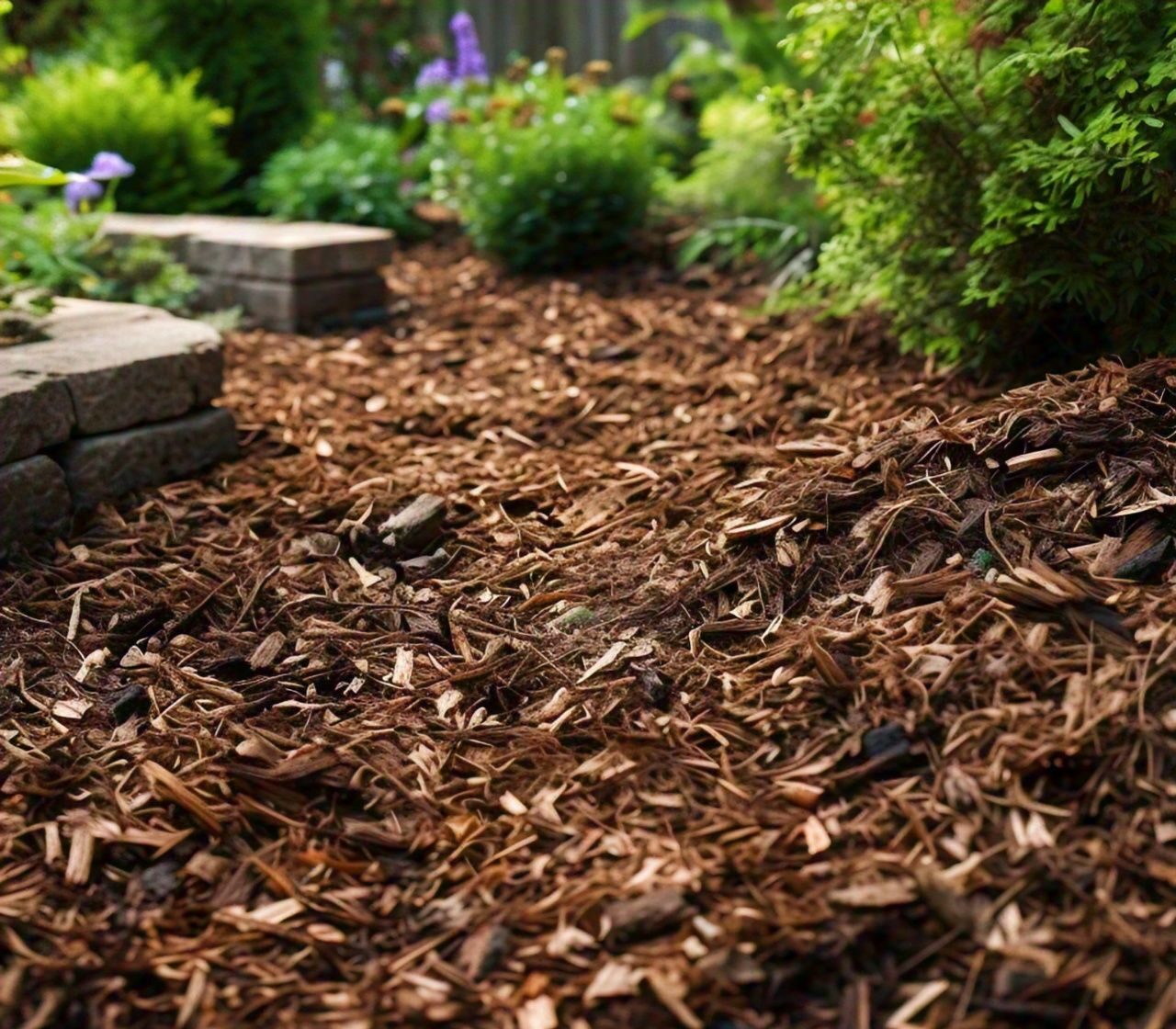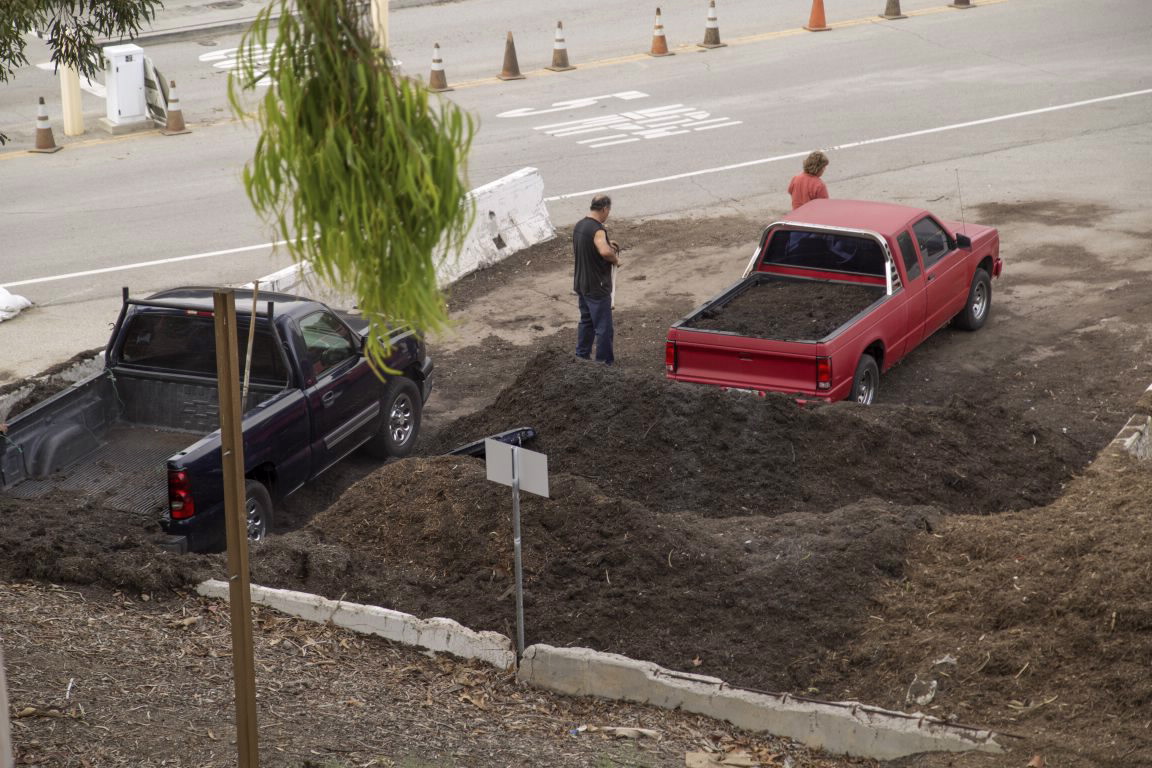
As the warmth of summer fades, Southern California’s mild winter weather may still pose threats to your garden. While temperatures rarely drop below freezing, cooler temperatures, reduced daylight, and occasional frost can still damage or kill sensitive plants. Here’s a comprehensive guide to help you prepare your SoCal garden for winter and protect your plants.
I. Pre-Winter Preparation (October-November)
- Clean up: Remove dead or dying plants, weeds, and debris to prevent disease and pests.
- Prune: Trim back sensitive plants, like citrus and avocado trees, to reduce damage from potential frost.
- Mulch: Apply a 2-3 inch layer of organic mulch (e.g., wood chips, straw) to retain moisture and regulate soil temperature.
- Fertilize: Feed your plants with a balanced, water-soluble fertilizer to promote healthy growth.
II. Protecting Plants from Frost
- Identify sensitive plants: Know which plants are most vulnerable to frost, such as:
- Citrus (oranges, lemons, limes)
- Avocados
- Succulents
- Tropical plants (Jasmine, Parijat, Tulasi (Holy Basil), hibiscus, bird of paradise and young plants like Guava, Mango, Custard Apple, etc)
- Cover plants: Use breathable covers (e.g., burlap, sheeting) or bring potted plants indoors during frost events.
- String lights: Use incandescent string lights to provide warmth and protection.
III. Managing Soil and Water
- Soil moisture: Reduce watering to prevent root rot and other diseases.
- Drainage: Ensure proper drainage to prevent waterlogged soil.
- Soil amendments: Add organic matter (e.g., compost) to improve soil structure and fertility.
IV. Pest and Disease Management
- Monitor for pests: Watch for winter-active pests like aphids, whiteflies, and spider mites.
- Disease prevention: Inspect plants for signs of disease and treat promptly.
V. Winter Care for Specific Plants
- For Tropicals like Betel Leaf, Jasmine, Parijat: Protect plants from frost by bringing them indoors or covering with breathable cloth. Reduce watering to once a week, allowing soil to dry slightly between waterings. Maintain temperatures above 50°F (10°C) and provide bright, indirect light. Fertilize lightly with balanced fertilizer (10-10-10) once a month.
- Citrus: Protect from frost, reduce watering, and fertilize lightly.
- Avocados: Protect from frost, maintain consistent moisture, and prune in spring.
- Succulents: Reduce watering, provide bright light, and protect from frost.
Stay warm and happy gardening!



